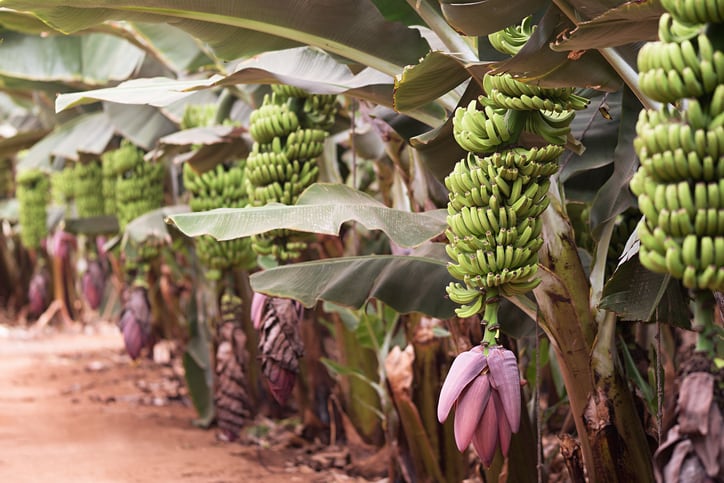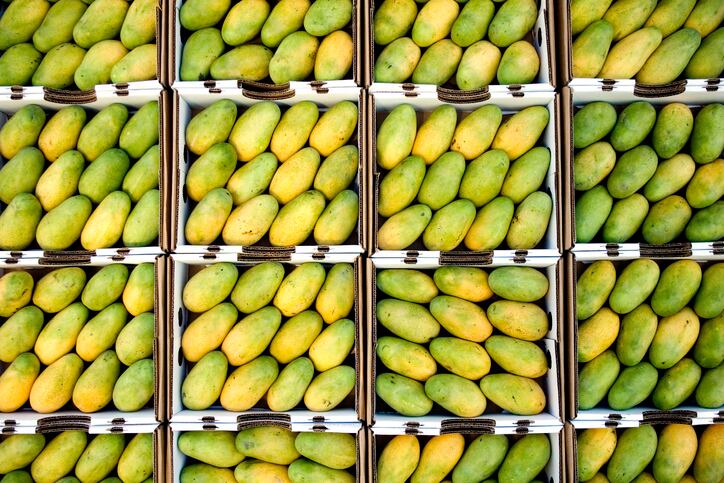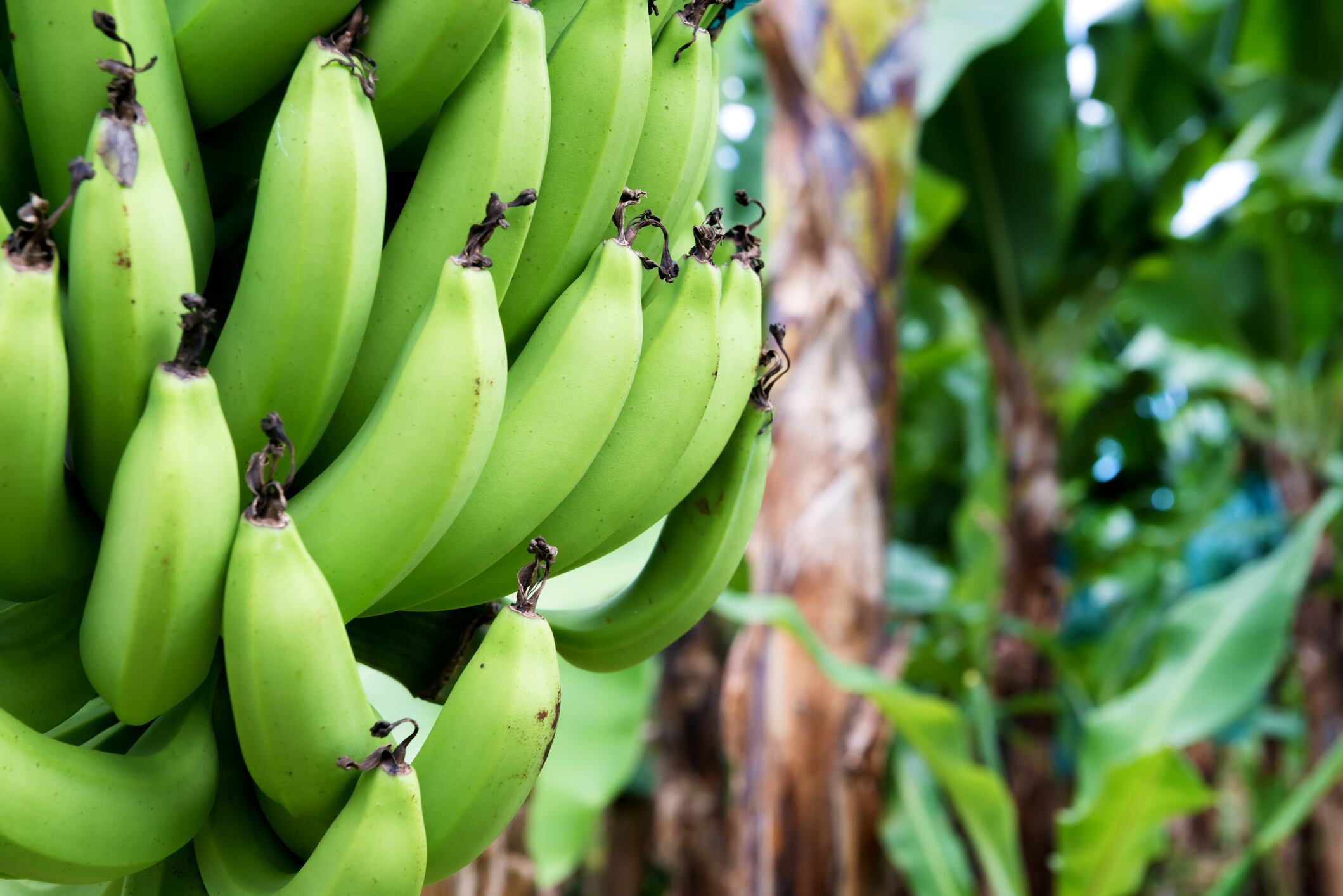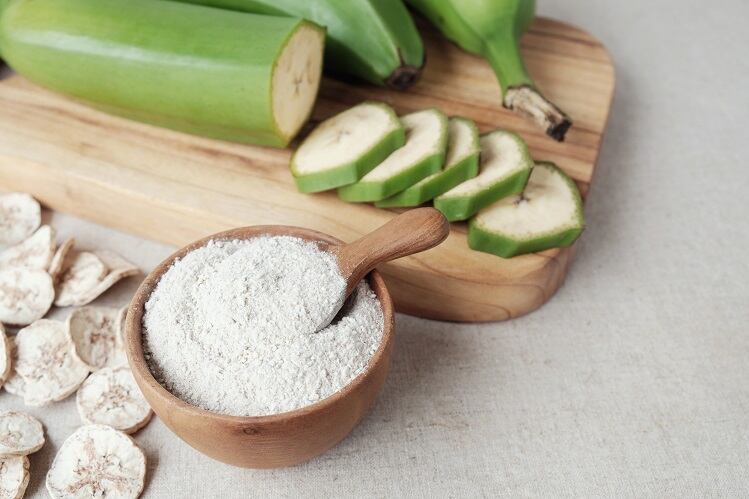Yesterday (8 August), the Colombian Agricultural Institute (ICA) officially confirmed the presence of TR4 in the country.
Tropical race 4 (TR4) of Fusarium wilt disease is among the most destructive diseases of the banana plant. Also known as Panama disease, it is caused by a fungus that enters through the roots of the banana plant and blocks the flow of water and nutrients.
According to the ICA, the affected area in the northern coastal state of La Guajira covers 175 hectares, of which 168.5 have already been destroyed.
The ICA first established a quarantine area in La Guajira in June and sent samples to technical experts in the Netherlands for analysis. Molecular analysis and complete genome sequencing allowed the University of Wageningen and agricultural biotech company KeyGene to confirm the presence of TR4 in Colombia.
The Ministry of Agriculture and banana producers have implemented “robust measure” to address the situation, it said, while declaring a national emergency will allow it to expand phytosanitary surveillance measures throughout the country and limit the risk of the disease spreading.
Eating bananas from the affected area does not present a health risk but poses a significant risk to the fruit sector as it can wipe out entire plantations. In 2018, Colombia was the fourth-biggest exporter of bananas, after Ecuador, Costa Rica, and Guatemala.
Colombia’s minister of agriculture, Andres Valencia Pinzón, traveled to Quito, Ecuador to meet with representatives of the 15 biggest banana exporting countries on Monday (August 5) where he presented the actions taken to manage the disease.
The association of Colombian banana growers, Augura, said it has been preparing to control and manage TR4 for years through its research center, Cenibanano.
Meanwhile, the president of farming trade group SAC, Jorge Bedoya, sought to reassure international markets.
“Banana exports are going to increase. This year, 40 million dollars worth of this fruit will be sent to China. The presence of Fusarium does not represent a risk for exports,” he said at a press conference.
Shipping containers in Santa Marta port are being cleaned and disinfected to ensure the spores are not spread physically. The ICA noted that Colombia’s main export markets are the US and Europe, which are not banana-producing countries.
Neighboring countries are also taking action. Fernando Araya, director of Costa Rica's public phytosanitary department, said the discovery of TR4 in a Latin American country did not come as a surprise as it had been identified as a latent threat for years. Costa Rica was taking preventative measures to protect its banana sector, which employs 40,000 people directly and 100,000 indirectly, he added.
‘The world’s greatest threat to banana production’
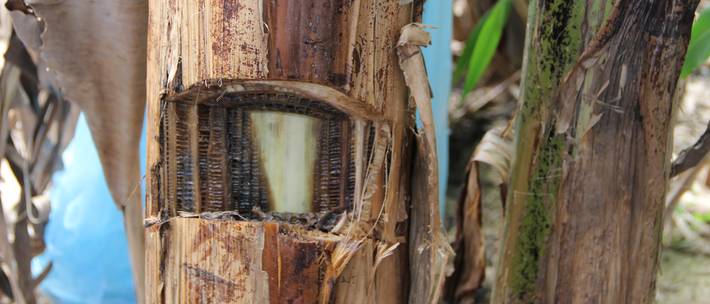
Several diseases attack banana plants, including Black Sigatoka disease and Xanthomonas wilt, but Fusarium wilt is particularly difficult to control because its spores can remain in the soil for decades and, to date, there is no viable, fully-effective treatment.
Global banana exports used to be dominated by the Gros Michel variety until plantations in the Caribbean and Central America were destroyed by Fusarium wilt, the strain that would later be identified as race one.
For decades, the disease was effectively brought under control as producers favored the Cavendish variety, resistant to races one and two. However, Cavendish is highly vulnerable to TR4.
“If unchecked, Fusarium caused by Foc TR4 can wipe out an entire plantation,” said the World Banana Forum, a multi-stakeholder platform hosted by the FAO.
“The pathogen can be transmitted through planting materials, movement of infested soil particles through any means such as shoes, vehicles, or through water. The fungus is able to remain dormant in the soil for decades. For these reasons, Foc TR4 is considered as the world’s greatest threat to banana production.”
The Cavendish variety accounts for around 47% of global banana production, followed by highland and ABB bananas (24%), plantain (17%) and Gros Michel variety (12%).
Bananas are the eighth most important food crop in the world, and the fourth most important in the least developed countries, according to FAOSTAT data.

